
Nursing
Public health
Social work
Physician assistant
Occupational therapy
Physical therapy
Audiology
Speech-language pathology
Social work
Counseling & therapy
Health Admin
A smaller health workforce makes us all sicker
Nursing
Public health
Social work
Physician assistant
Occupational therapy
Physical therapy
Audiology
Speech-language pathology
Social work
Counseling & therapy
Health Admin
A smaller health workforce makes us all sicker
slator.com/us-judge-rul...

slator.com/us-judge-rul...





hhd.psu.edu/csd/minor/asl
hhd.psu.edu/csd/minor/asl
Watch live: underline.io/events/489/m...
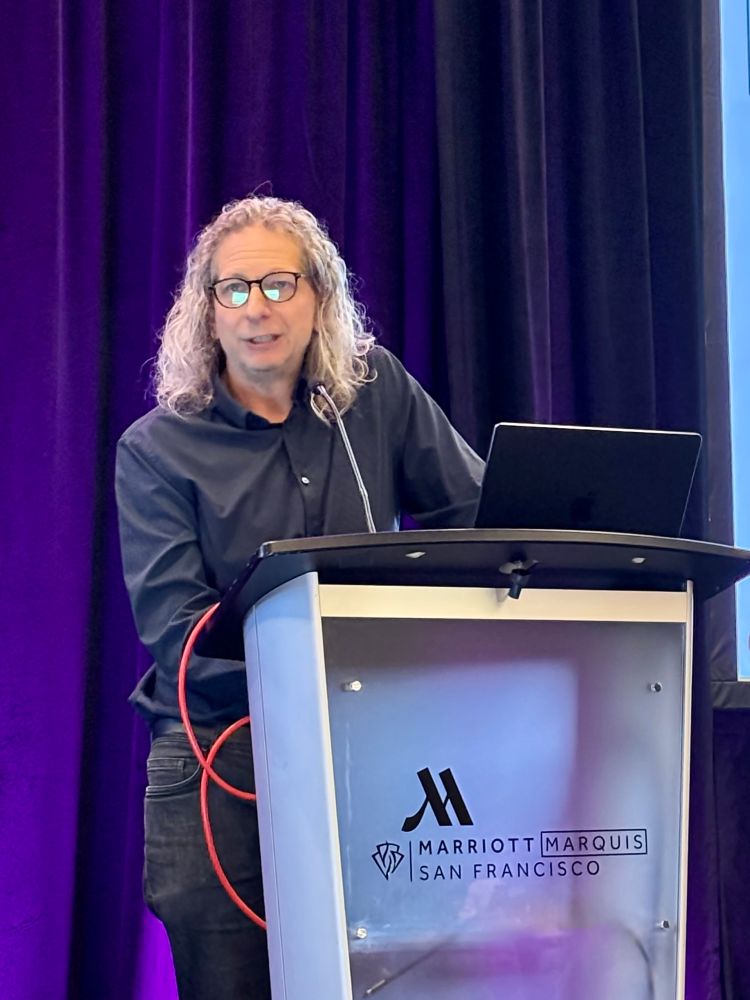
Watch live: underline.io/events/489/m...

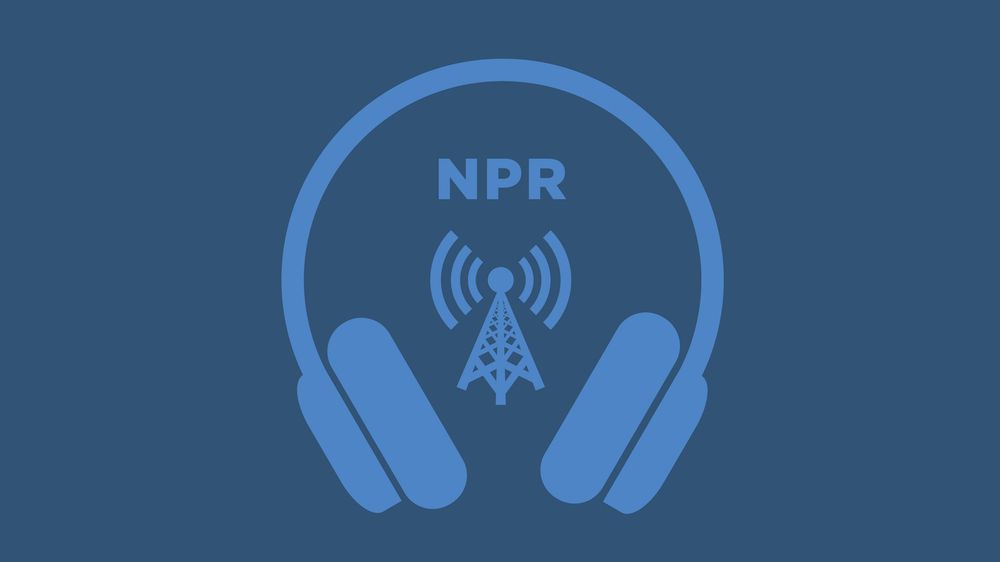
🔍 In a survey of 152 DHH adults, we found:
🔍 In a survey of 152 DHH adults, we found:
youtu.be/2MbdKpP4RHY?...

This is a major win for public health.
This is a major win for public health.
www.nytimes.com/interactive/...
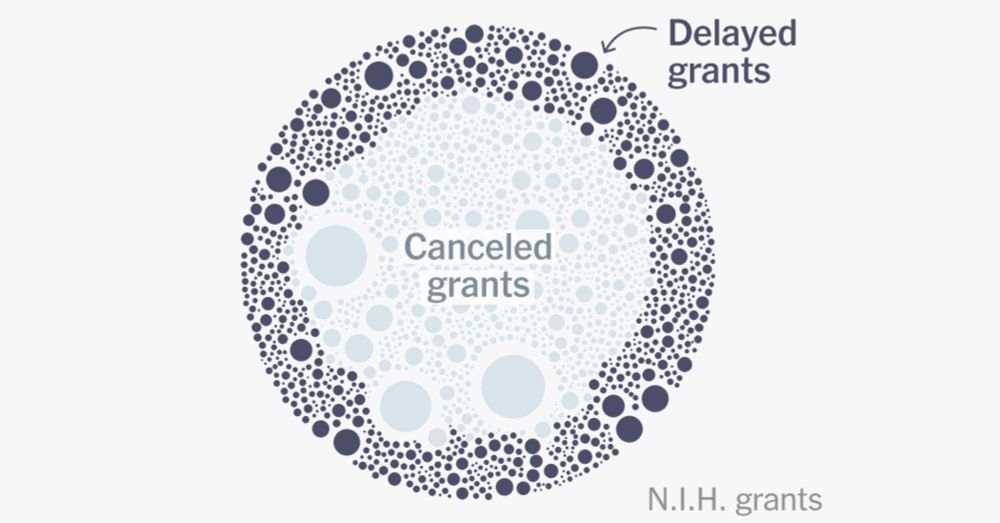
www.nytimes.com/interactive/...
sites.google.com/view/signing...

sites.google.com/view/signing...
US science funder also plans to screen grant applications for compliance with ‘agency priorities’.
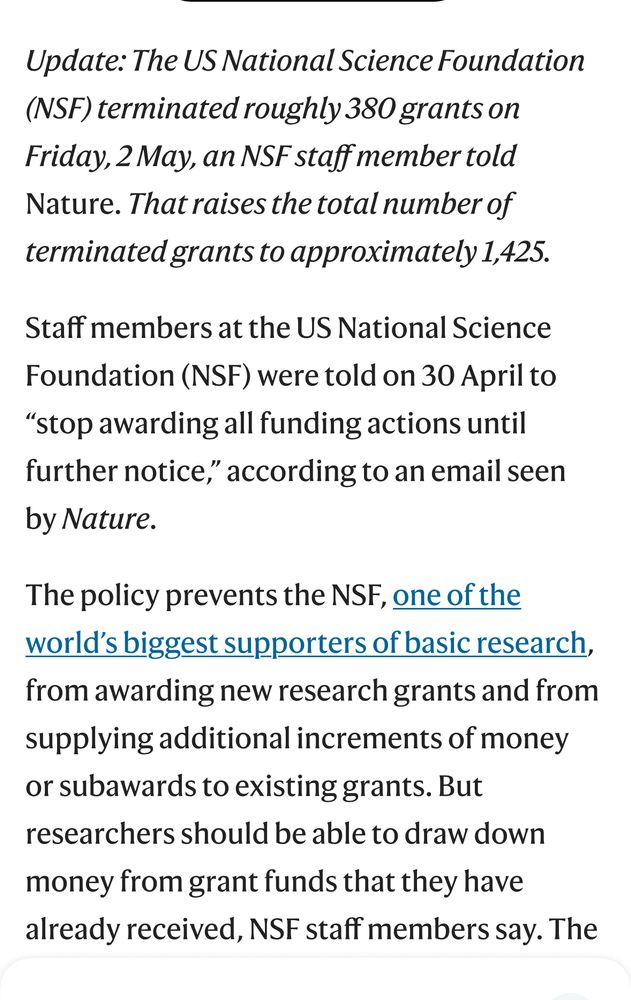
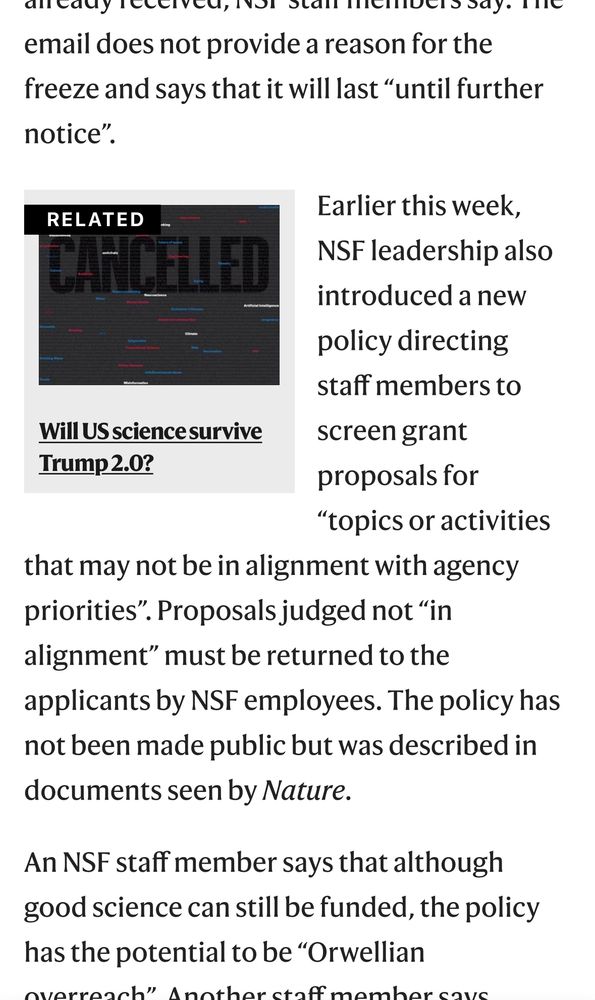
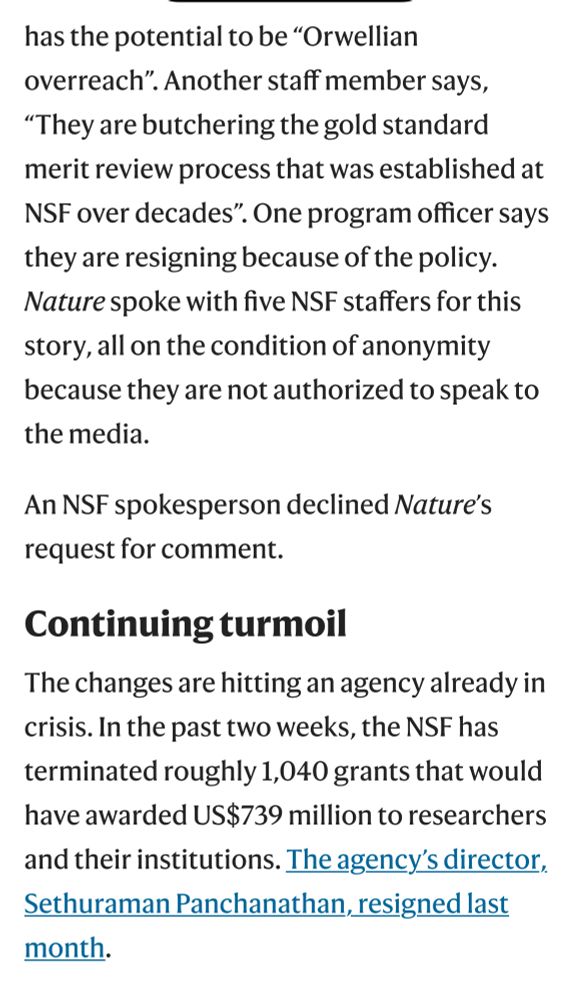
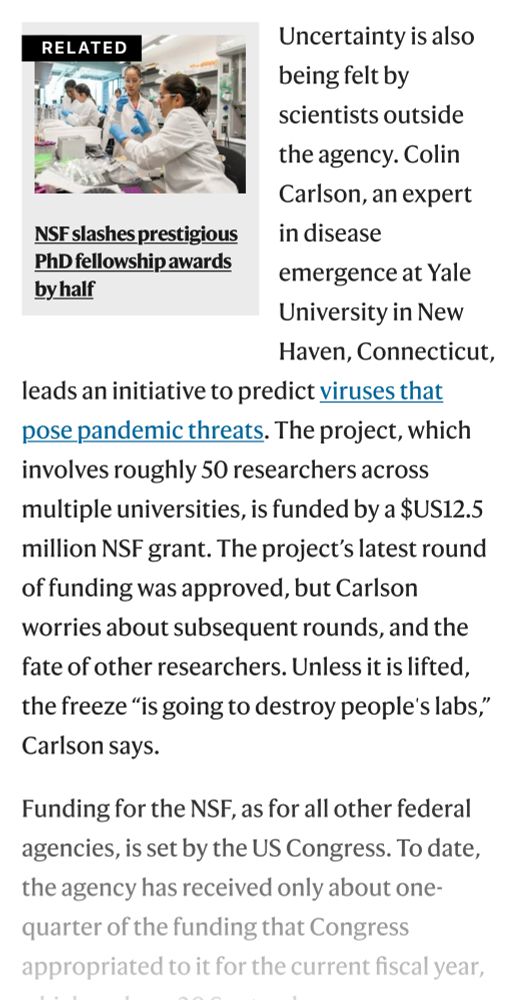
US science funder also plans to screen grant applications for compliance with ‘agency priorities’.
Spread the word! These are great for teachers, parents, and researchers in this area.
osf.io/97dkf/files/...
The NSF has frozen all research grant awards—cutting off life-saving science midstream and demanding ideological screenings for future funding.
This is censorship disguised as oversight.
Here’s how you can help us spread the word ➡️🧵(1/3):
www.nature.com/articles/d41...



